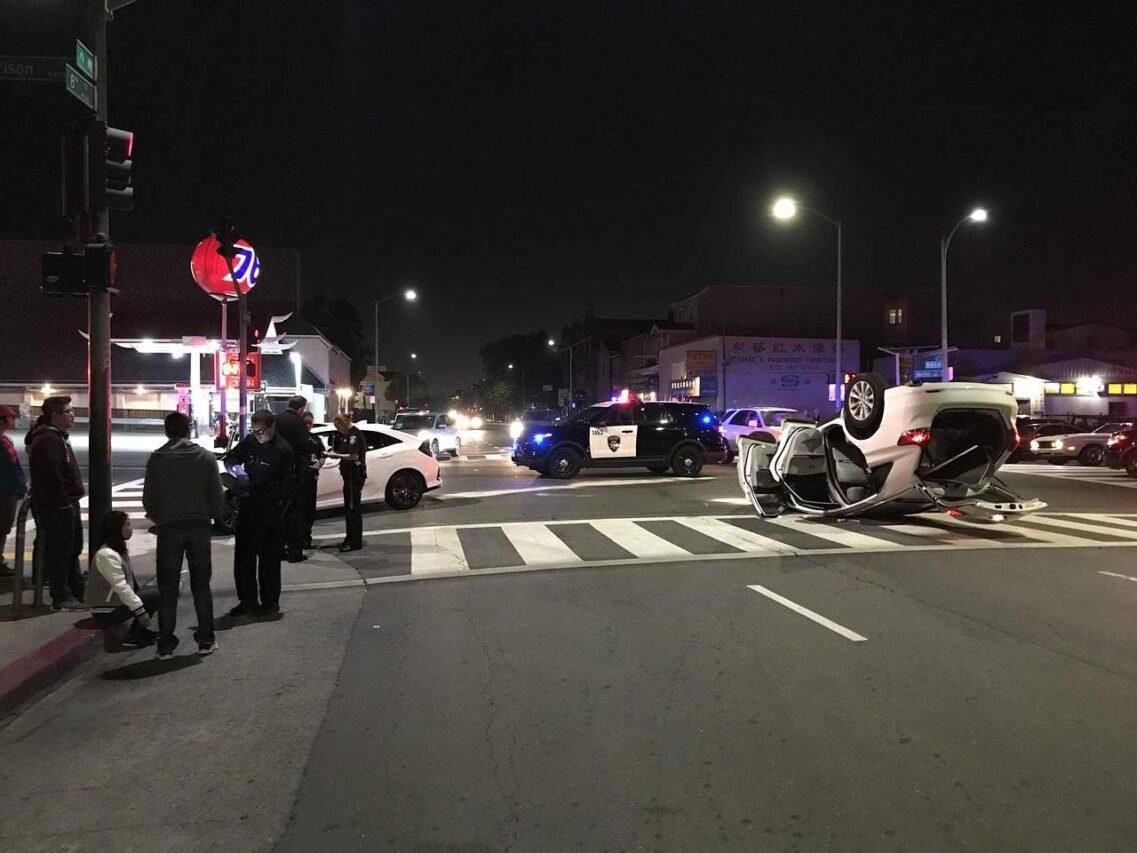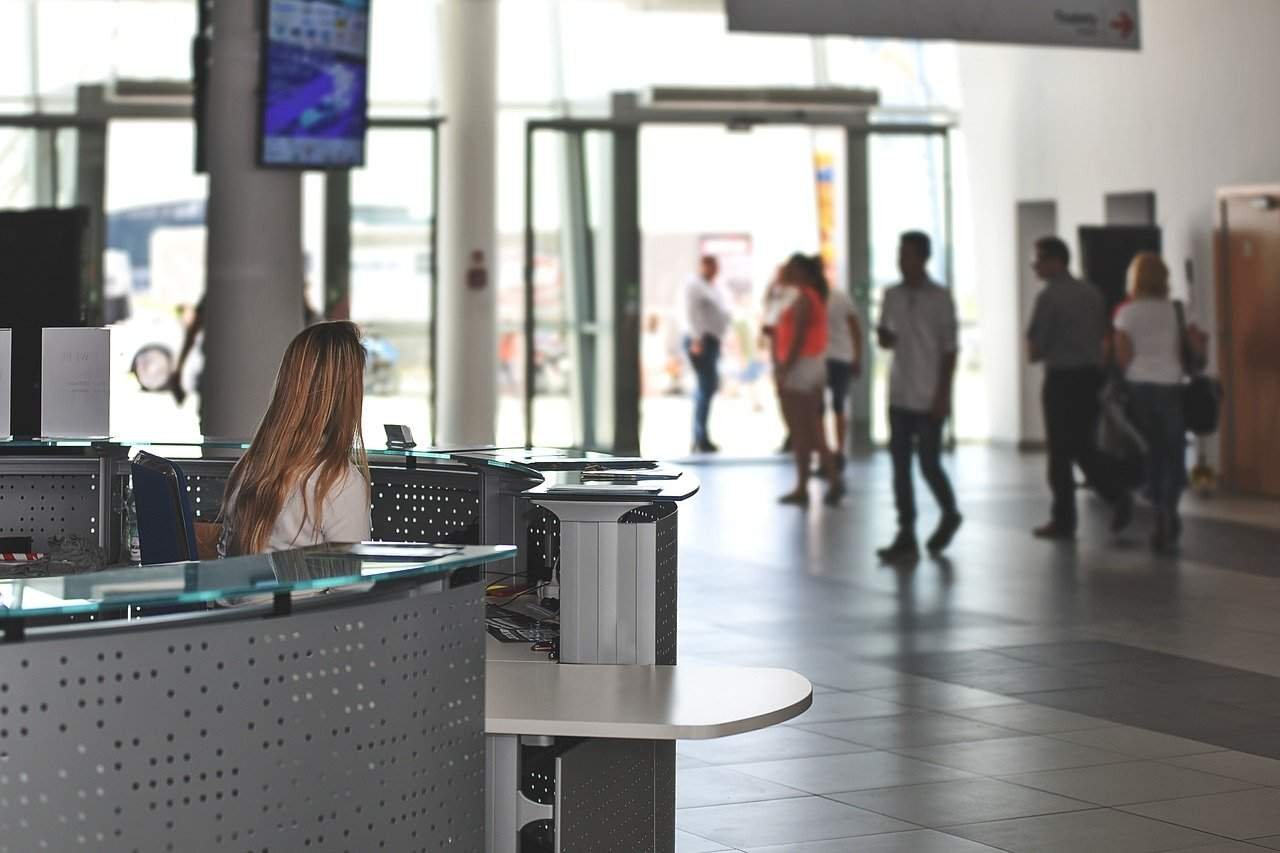Speed Car Accidents; Speeding accounts for nearly 33% of all car crashes in the United States and more than a quarter of all car accident fatalities since 2013; it is one of the most prevalent causes of car accidents in the country. Despite clear traffic laws, many regularly exceed speed limits, assuming they can evade the law.
Here are the articles to explain, Speed Car Accidents: What You Need to Know!
You may involve in a speeding-related car accident one day. The first step to protecting yourself is arming yourself with the information you’ll need, should it ever happen. We’ll start with the basics.
What is Speeding?
The National Highway Traffic Safety Administration (NHTSA) defines speeding as “driving too fast for conditions or more than the posted speed limit.” This endangers the life of the driver, other motorists, and pedestrians, as the driver risks losing control of their vehicle.
When roads are slippery, speeding vehicles may slide on the road, crashing into structures, other vehicles, or pedestrians. Speeding is often a result of other dangerous behaviors, such as driving under the influence of alcohol. Alcohol-impaired driving has caused roughly 3,255 fatalities each year since 2013.
What is the Average Speed Limit?
Location determines what the speed limit is. Nevertheless, there are trends among different states. Here are the average speed limits gathered from the Insurance Institute for Highway Safety (IIHS).
In rural interstate roads, the average speed limits range from 60 – 80 miles per hour (mph). Hawaii has the lowest average speed limit at 60 mph, while the remaining states had average speed limits of up to 75 mph. South Dakota has the highest rural interstate speed limit at 80 mph.
The average speed limits on urban interstates are comparatively lower, ranging from 55 to 70 mph. South Dakota tops the charts with the highest urban speed limits at 80 mph, while most states have urban speed limits of 65 mph.
Where Do Speeding-related Car Accidents Usually Occur?
The National Safety Council has identified trends in road conditions that contribute to speeding-related accidents. Nearly half of all speed car accidents happen when roads are inundated. Mud, dirt, and gravel caused 42% of accidents, whereas a third of accidents happen in the winter when the road is covered in ice or slush. Only 19% of car accidents occur on dry roads.
How Does Speeding Affect Liability for Car Accidents?
Anyone caught speeding will be at fault for any resulting car accident. However, liability and compensation are treated differently in each state. Some states implement a no-fault policy, meaning that a motorist’s insurance provider covers damages and medical costs. However, it is possible to sue speeding drivers in these states, especially if the other driver’s no-fault benefits run out.
Other states have at-fault policies that allow victims to directly sue speed and otherwise negligent motorists. Either way, motorists can be sued or jailed for speeding. For this reason, it is safest to have auto insurance that matches or goes above your state’s minimum auto coverage standards.
What to Do to Avoid Speeding and Car Accidents
Speeding and car accidents are preventable. Driving safely begins with knowing the speed limit. As mentioned earlier, speed limits vary from state to state and road to road. However, on public roads, signs showing the speed limit are easy to spot. If you are unsure of the speed limit on a road, you may contact the local traffic safety authority to ask about the speed limit.
On the road, give yourself some space between yourself and the vehicle in front of you. A good rule of thumb is to leave space that is similar to the length of your vehicle. If you are unsure of the speed limit on a given road, match the speed of surrounding traffic until you find a speed limit sign.
Make punctuality a habit as well to reduce the urge to speed. Driving over the speed limit often happens when people make haste to get to their destinations. If they had left earlier, they would feel less pressure to drive quickly. When you give yourself more time to commute, you can arrive at your destination on time, safely, and without a ticket or lawsuit.
Key Takeaway: Go Light on the Gas Pedal but Heavy on Road Safety
Speeding is a traffic violation that can endanger lives and make drivers liable for any accidents. By knowing the speed limit and driving accordingly, you will be avoiding injuries, fatalities, and liability.








Leave a Reply